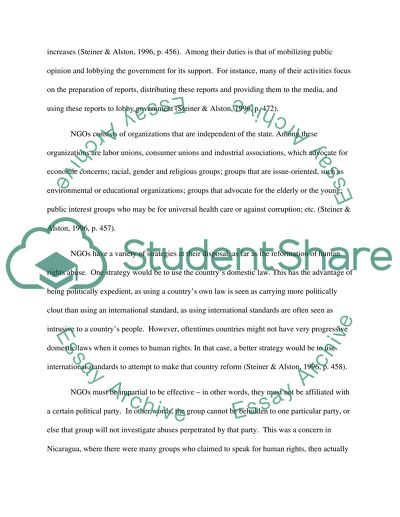Cite this document
(“With reference to the issues of International Essay”, n.d.)
Retrieved from https://studentshare.org/environmental-studies/1405471-with-reference-to-the-issues-of-international
Retrieved from https://studentshare.org/environmental-studies/1405471-with-reference-to-the-issues-of-international
(With Reference to the Issues of International Essay)
https://studentshare.org/environmental-studies/1405471-with-reference-to-the-issues-of-international.
https://studentshare.org/environmental-studies/1405471-with-reference-to-the-issues-of-international.
“With Reference to the Issues of International Essay”, n.d. https://studentshare.org/environmental-studies/1405471-with-reference-to-the-issues-of-international.


